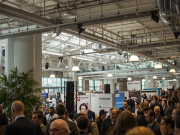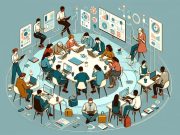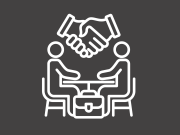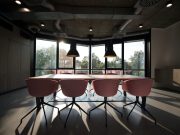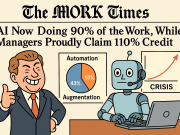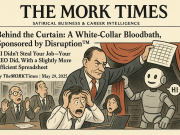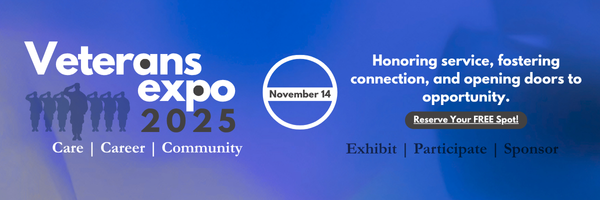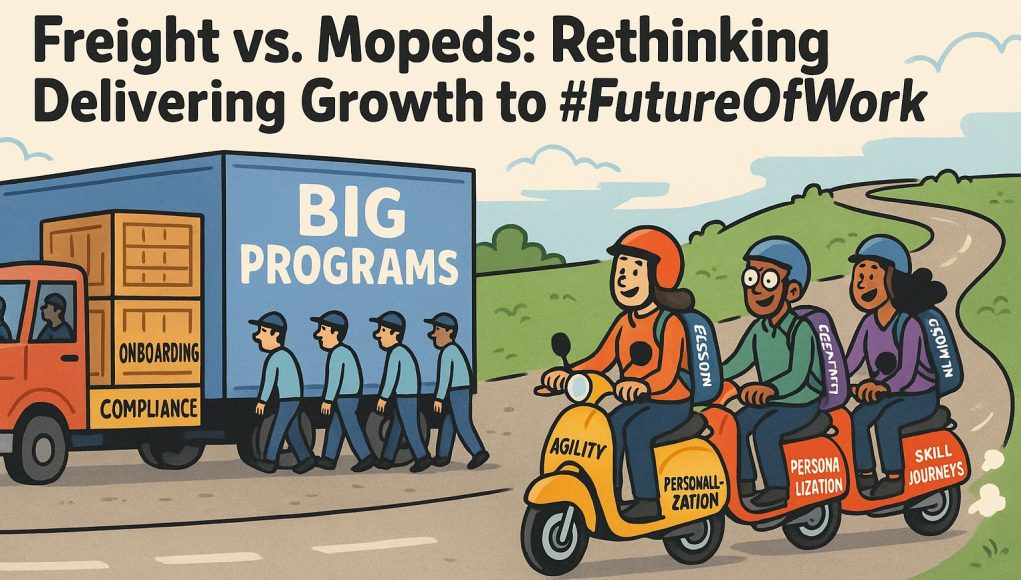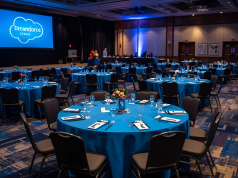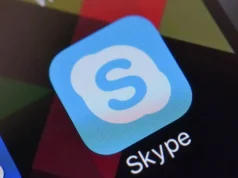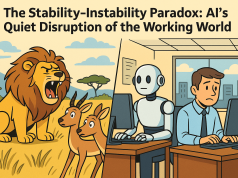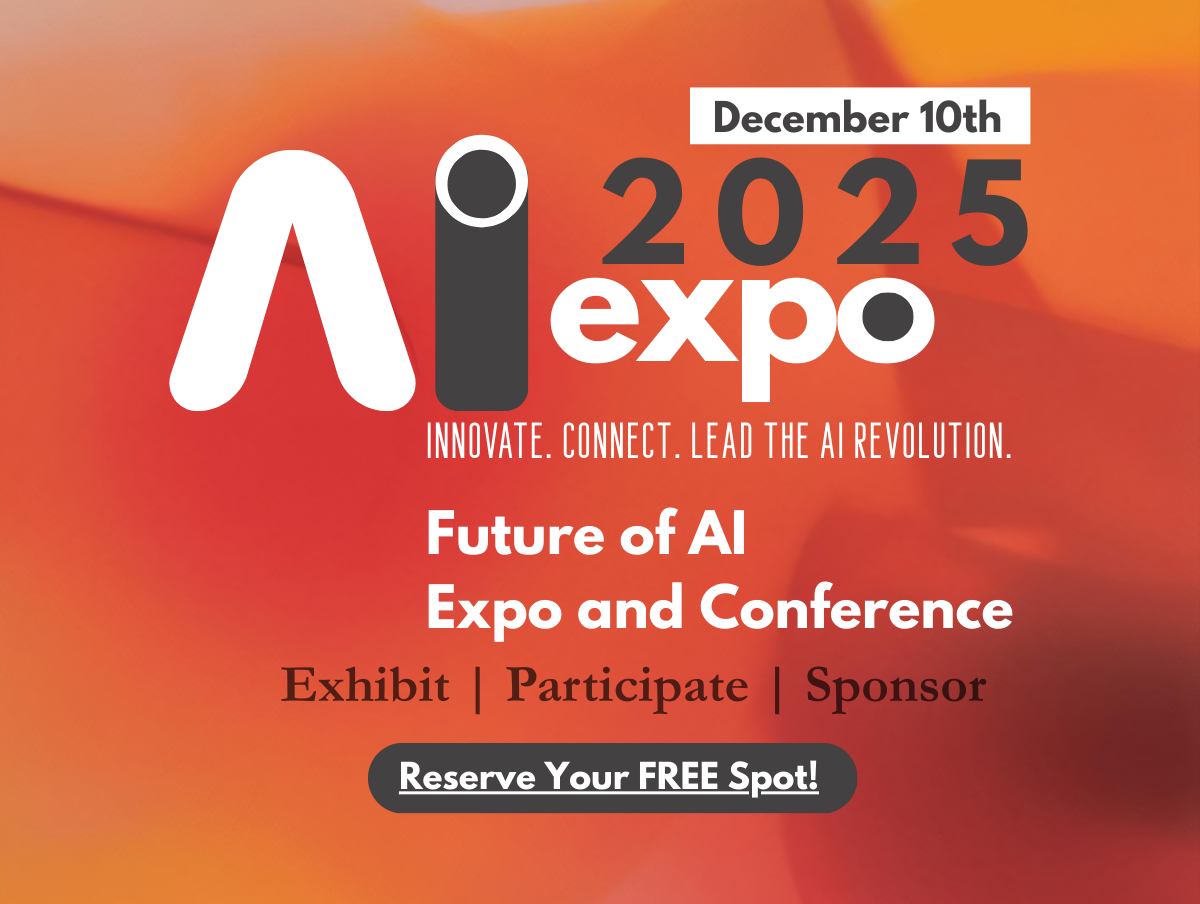The Freight Mindset: Standardized, Scalable, but Sometimes Stifling
When organizations look at growing their people, their first instinct is often to build big. After all, freight is reassuring: large programs, mass certifications, centralized onboarding, mandatory compliance training. Everyone is moving in the same direction, at the same pace, toward clear, measurable outcomes.
Freight works brilliantly when the terrain is known and the cargo is uniform:
- Rolling out new regulatory requirements across an industry.
- Training every employee on a newly adopted software.
- Onboarding thousands of workers into a single, cohesive culture.
The advantage of freight is scale and consistency. It’s how the Industrial Revolution standardized workforces. It’s how armies prepare for battle. It is the backbone of large, synchronized movements.
But here’s where the cart starts to wobble: not all growth needs are identical, and not all destinations lie along a straight, paved road.
When organizations default to freight for every learning need, they end up applying massive machinery to delicate, dynamic problems. Workers with specialized aspirations get lost in the crowd. Innovators chafe under irrelevant protocols. Curiosity, creativity, and agility — the very traits companies claim to prize — are smothered under the weight of one-size-fits-all development programs.
Freight, in the wrong context, doesn’t just slow progress — it can derail it entirely.
The Moped Mindset: Agile, Personal, but Prone to Chaos
Where freight falters, mopeds shine. The moped — light, swift, maneuverable — is the perfect metaphor for personalized growth. It represents learning experiences that are:
- Fast and responsive.
- Tailored to the individual.
- Deployed precisely when and where they are needed.
When a worker decides to dive into machine learning ahead of a role shift, they don’t need a semester-long freight course. They need a moped: an online workshop, a mentorship connection, a project-based learning sprint.
Mopeds serve environments where:
- Skills are rapidly evolving.
- Worker needs are diverse and unpredictable.
- Learning cannot wait for organizational consensus.
This is how startups outmaneuver giants. It’s how frontier explorers pushed past the edges of old maps. Mopeds fuel innovation by allowing workers to chase emerging opportunities with minimal friction.
But mopeds aren’t without risk. Too many mopeds buzzing around with no coordination can lead to:
- Duplication of effort.
- Skill mismatches.
- Workers disconnected from broader organizational goals.
Without a guiding vision, mopeds turn into noise: learning happens, but its impact is fragmented and invisible.
The Hidden Problem: Misdiagnosis of Growth Journeys
At the heart of today’s learning and development struggles lies a fundamental failure: we misdiagnose the growth journey before choosing the delivery method.
This leads to predictable disasters:
- Freight solutions forced onto fast-moving teams, crushing their speed and morale.
- Moped solutions thrown into contexts that demand coherence and discipline, resulting in fragmentation and lost direction.
Organizations spend billions on learning every year — yet often feel like they’re riding stationary bikes, pedaling hard but going nowhere.
The real tragedy? Workers notice. They recognize when growth is performative rather than purposeful. They disengage when learning feels irrelevant, misaligned, or mistimed. And when growth stalls, so too does the organization’s ability to adapt, compete, and thrive.
Nature offers a harsh but clear lesson: In ecosystems, species that fail to adapt intelligently to changing environments don’t survive — no matter how mighty they once were.
A New Way of Thinking About Growth Delivery
The question isn’t whether freight is better than mopeds or vice versa. The real question is: how do we recognize which vehicle the journey demands?
Organizations must develop the wisdom to see:
- When scale and standardization are essential — and freight is the tool.
- When speed, flexibility, and individuality are crucial — and mopeds must be unleashed.
It’s not about choosing one forever; it’s about choosing wisely each time.
The future of learning and development belongs to ecosystems that are neither rigid nor chaotic — but intelligently adaptive.
Much like a thriving rainforest, where towering trees (freight) coexist with swift-moving vines and agile creatures (mopeds), organizations must build systems that allow both structured and spontaneous growth to flourish side by side.
Because delivering growth isn’t just about moving faster or moving bigger — It’s about moving right.
Delivering Growth Intelligently: Building the Right Ecosystem for Workers
If moving growth isn’t about bigger or faster but about moving right, the next logical step is to ask: How do organizations build systems that know when to freight and when to moped?
The answer lies not in grand declarations but in quiet, thoughtful design — a system that listens, adapts, and deploys intelligently, much like a seasoned harbor master choosing the right vessel for each cargo, tide, and weather.
1. Map the Terrain Before Dispatching Vehicles
Before choosing freight or mopeds, organizations must first deeply understand the nature of the growth journey required:
- Is this skill universally needed across a broad cohort? (Freight.)
- Is this a niche capability, urgent for a few but irrelevant for many? (Moped.)
- Is the timeline fixed and predictable? (Freight.)
- Is the opportunity fluid and rapidly evolving? (Moped.)
Action Tip: Implement a “Growth Journey Diagnosis” framework before launching any major L&D initiative. Questions to ask:
- What percentage of workers need this skill?
- How stable is this skill’s relevance over the next 12–18 months?
- How much flexibility do workers have to pursue this growth path individually?
Without diagnosing the landscape, organizations will forever dispatch the wrong vehicle.
2. Design a Dual-Lane Growth Highway
A common mistake is building either a freight system or a moped system — when the reality is that a dual-lane system is needed:
- One lane for standardized, essential growth programs (Freight Lane).
- One lane for individualized, opportunistic growth (Moped Lane).
Both must run parallel, with workers empowered to jump between them based on need.
Action Tip: Create “Growth Portals” — single destinations where workers can see:
- Mandatory programs (organized, scheduled).
- Optional microlearning paths, mentorships, stretch projects (self-paced).
The infrastructure must make it as easy to board a moped as to catch a freight truck — depending on the worker’s current goal.
3. Equip Managers as Growth Traffic Controllers
Managers must evolve beyond task supervisors to become growth journey traffic controllers. Their role is not merely to manage work, but to:
- Spot when a worker needs freight vs. a moped.
- Guide workers to the right growth vehicle.
- Remove roadblocks in accessing the right learning.
Action Tip: Train managers to conduct quarterly Growth Route Check-ins:
- What skills are you currently building?
- Is your growth better supported by a structured (freight) or nimble (moped) approach?
- What support do you need to navigate faster?
Make managers active participants in dynamic growth delivery, not passive observers.
4. Measure the Right Metrics — Not Just Completion Rates
Traditional L&D metrics obsess over completion rates (“Who finished the course?”). But intelligent ecosystems measure trajectory and adaptability:
- How quickly can workers access and complete the growth they need?
- Are workers transitioning into new roles or skill sets aligned with organizational strategy?
- How many workers initiated growth journeys voluntarily (moped signals)?
Action Tip: Implement “Growth Journey Analytics” that track not just program completion, but:
- Time-to-skill acquisition.
- Growth velocity (rate of skills added over time).
- Worker-led vs. organization-mandated learning initiatives.
Progress is not a perfectly paved road; it’s a living network of paths — some highways, some side trails — all needing smart maps.
5. Celebrate Mobility, Not Just Destination
In ancient markets, a successful delivery wasn’t just measured by the goods arriving intact — but by the trust built with every successful journey.
Organizations must shift from celebrating static certifications (“X number of workers completed Y program”) to celebrating worker mobility:
- The speed at which people grow.
- The versatility workers develop.
- The courage workers show in initiating new journeys.
Action Tip: Host regular “Growth Mobility Days” — moments to showcase:
- Fast movers.
- Skill jumpers.
- Cross-functional innovators.
Honor not just where workers arrive, but how dynamically they travel.
In Closing: Delivering Dreams, Not Just Skills
Freight isn’t better than mopeds, and mopeds aren’t better than freight. Both are sacred vehicles — tools to deliver human potential to the places it most needs to go.
Organizations that master this art will not merely create better workers. They will build thriving ecosystems of Worker1s: individuals who are compassionate, resilient, growth-hungry, and committed to lifting their communities as they rise.
Because true leadership in the future won’t be about moving the most cargo — It will be about moving the right dreams to the right destinations, at the right speed.
And in that future, the question won’t be “Did we grow?” It will be: “How beautifully did we travel together?”

